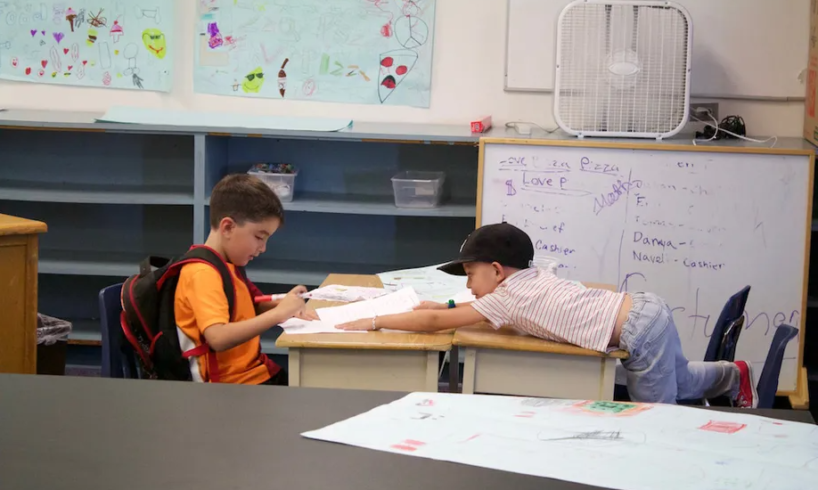
The Denver school district is likely changing its approach to addressing declining enrollment, one of its most pressing — and controversial — issues.
Instead of convening community working groups to make recommendations on closing or consolidating specific schools, the district would ask them to establish common criteria for closure that could be applied to any under-enrolled school.
Administrators have not said which or how many community members would be involved in the process, which is still being developed. Nor did they specify a timeline. A district slide presentation noted school consolidations could happen in the fall of 2023 or the fall of 2024.
Denver Public Schools is losing students as birth rates drop and housing prices soar. Elementary schools in the southwest, northwest, and central parts of the city have been particularly hard hit. Denver schools are funded per student, and fewer students means less funding to pay for teachers and programming such as music and art.
Superintendent Alex Marrero pitched the new school consolidation approach to the school board Thursday as more proactive, transparent, and comprehensive than the previous process, which he put on hold in September just as it was getting started.
At the time, Marrero said the district should focus on pandemic recovery instead of school consolidation. His decision was cheered by the teachers union and by some parents and educators at the 19 schools identified as potential targets for closure. School closures are unpopular and almost always generate fierce pushback.
On Thursday, Marrero presented the school board with four options for moving forward. The first, which he called a “short pause,” would restart the same process with the 19 schools in January. The second, a “long pause,” would restart it next fall. A third option would allow the 19 schools, which were split into four regional groups, to choose between those two timelines.
The fourth option, which Marrero pushed, would scrap the list of 19 schools and develop common criteria to evaluate any school with declining enrollment, potentially including independently run charter schools. In the past three years, nine Denver charter schools have closed on their own, many due to declining enrollment.
Though it’s questionable whether the district could require charters to abide by its criteria, Marrero said he hoped to get buy-in by inviting them to help create the criteria.
“I understand that this could be a gray area,” Marrero said. “But I also feel it wouldn’t be if it’s co-created. That is what I would attempt to do.”
The school board did not vote on the options Thursday but rather commented on how to proceed. Several members supported the fourth option. They said they liked that it eliminated the need to make a list of schools facing closure.
Board member Brad Laurvick said such lists cause anxiety in the community, with parents and teachers asking questions like, “Are we on the list?” and “How long has there been a list?”
“I think ‘the list’ — and I’m putting air quotes around it — is a dangerous thing,” Laurvick said. “The move to talking about criteria helps us step away from ‘a list’ … to, ‘Where are we in relationship to the criteria?’ That’s going to be a key thing for us.”
Board member Scott Baldermann called developing closure criteria “way more humane,” engaging, and equitable than the previous process involving the list. Board member Tay Anderson also expressed support for the criteria, but added that he wants the district to “do whatever we have in our power to hold our charter partners accountable.”
Six years ago, a previous school board adopted a “bright-line” school closure policy based not on enrollment but on student test scores. The policy was an attempt to erase any ambiguity surrounding which struggling schools were closed. But the rollout of the policy was rocky, and the resulting closures were controversial. Subsequent school boards backed away from the strict criteria, opting instead to take a softer tone with low-performing schools.
This process is different in that it’s not based on academic performance. The board did not discuss what the criteria would be this time around, though district staff said it likely wouldn’t be based solely on enrollment. Some schools, such as those serving students at risk of dropping out, are designed to be small, they said. Other schools have special programming for students with disabilities or students learning English that could exempt them from closure.
This article was originally posted on Denver to develop criteria for when to close under-enrolled schools